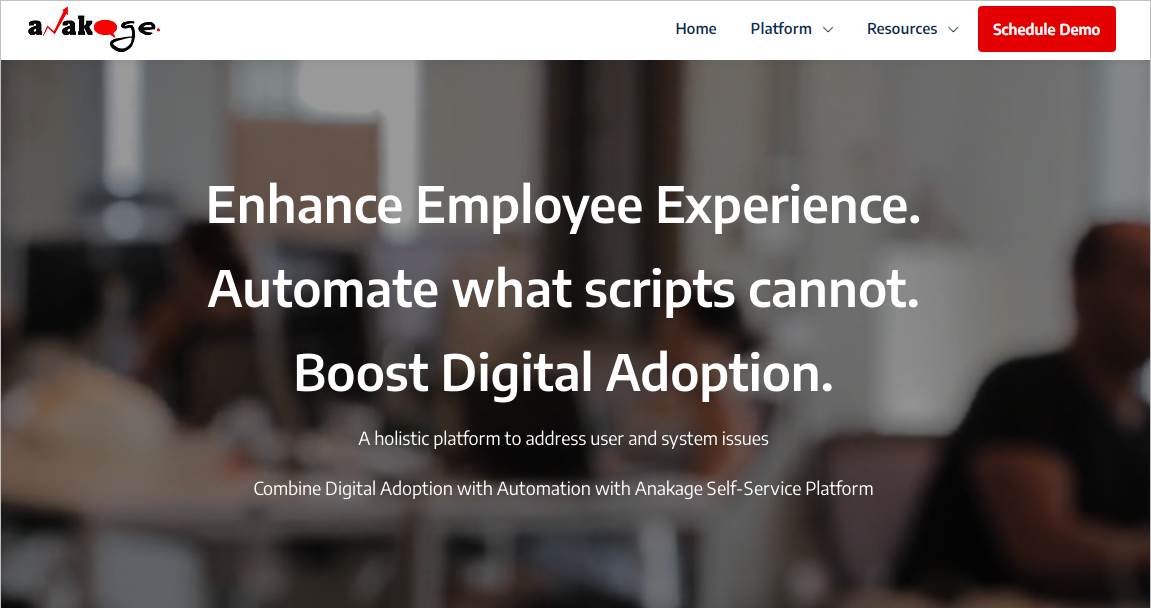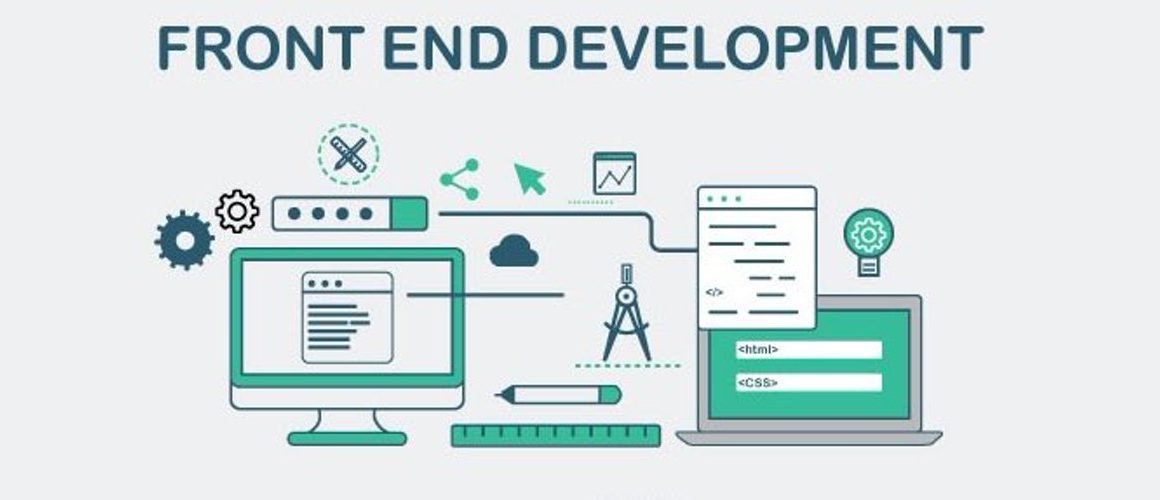Many organizations in spite of having a self-service password reset web portal continue to witness Password reset tickets as a major chunk of the help desk incidents and SRs . All this in spite of email reminders and AD prompts on user screens.
There has to be a better way of leveraging the SSPR to create stronger ROIs and quicker paybacks than with organic user adoption of SSPR.
Anakage with its proactive remediation platform, has successfully been able to achieve the adoption of the SSPR by the users. Let’s see how Anakage platform achieve this.
Anakage proactive module is an agent installed on the user’s machines or the end points (laptops/desktops) which:
i) Forces the users to register on the SSPR portal
ii) Reminds users and enforces them to self-reset their passwords before password expires
(iii) Provides the link for Password reset/ unlock account in the windows login screen itself. This swings up the SSPR adoption by making SSPR available even to the locked users when the user needs it without having to memorize the SSPR URL.
Let’s review in detail the usage jerkiness of SSPR and how the Anakage platform smoothens out:
Case 1 – Employees do not register on the SSPR web portal and tickets gets created for resetting the password/ unlocking the account
Solution – Force users to register on the Self-Service Password Registration Portal.
The organization will have a list of users who have not registered on the portal. Admin can import this data into admin dashboard of Anakage’s proactive remediation platform which ensures that the platform does not need deep integration to the enterprise systems, if the frequency is higher then a one time API integration is recommended to get the runtime data. Depending on the number of users and your password reset timelines, you can choose whether you want an API integration for real time updates or periodic upload of non registered users’ list . The next step is executed by the Proactive module, which will start showing messages to users on screen by detecting the time of password expiry of the user as per the password reset policy which is generally 90 days. Users can act on the message and they would be directly taken to the Password registration portal for registration. Alternatively, if the user is busy when reminder pops up they can snooze the message for allowed time and post the last reminder the proactive module (agent installed on the end user’s machine) would force the user to act. This results in boosting SSPR registrations, a key step especially if you have challenge questions setup instead of OTP based resets . Now even when the user forgets the password or the account is locked they can go to this portal and reset it on their own by answering their challenge questions
Case 2 – Employees do not reset their passwords on time in spite of repetitive notifications or emails
Solution – Detect when the password is going to expire and coax user with on screen reminders to reset it.
Reset can be through a self-service password reset portal or usual way of CTRL+ALT+Del and reset. The mechanism of snooze and reminders are same as case 1.
Case 3 – Employee’s password has expired due to the password reset policy and they are locked out of their machine or their account is locked out manually by the Admins (for various reasons)
Solution – Press CTRL+ALT+Del. User would get a hyperlink in Windows log on screen to open up the SSPR portal where the Employee can self reset their password or unlock their account.This solution is independent of the first two cases and does not require a Proactive agent to be installed on the user’s machine. It works for the usual on-premise set up as well as for Remotely connected systems (laptops/desktops). The link to the SSPR web portal is configurable as per Organization’s SSPR.
1. On desktop/laptop in Windows Lock screen

2. On Remote desktop login screen

BENEFITS OF ANAKAGE SELF-SERVICE PASSWORD RESET (SSPR) SOLUTION
- Increase ROI on SSPR portal. Users actually start using SSPR effortlessly without having to remember the URL or to act on missed email or subtle AD prompts.
- Improved user experience. Users are happy to self-service AD related issues in minutes than waiting on IT Help Desk technician.



